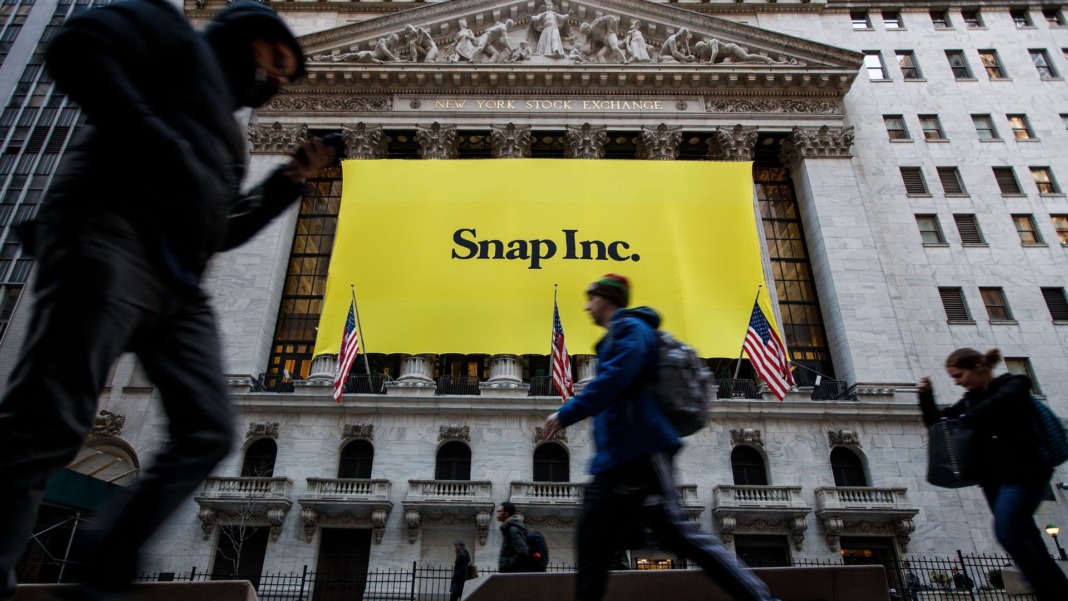You may have noticed fewer apps on the Google Play Store lately if you’re an Android user. That’s because the app marketplace has seen a massive drop in available apps since the beginning of 2024. According to a recent report by app intelligence platform Appfigures, the total number of apps on Google Play has fallen from around 3.4 million to about 1.8 million globally — a steep decline of approximately 47%.
Why are so many apps disappearing?
This isn’t part of a worldwide trend in mobile apps. In fact, during the same period, Apple’s App Store saw a slight increase in its app count, going from 1.6 million to around 1.64 million apps. That means the significant drop in Google Play apps is a result of internal changes rather than a shift in the global market.
One of the main reasons behind the decline is Google’s effort to improve the quality of its app store. For years, Google Play has had looser app approval rules than Apple. While Apple carefully checks each app with human reviewers before it goes live, Google has relied chiefly on automated checks and malware scans. This has made it easier and quicker for apps to get published on the Play Store — but it also allowed low-quality, spammy, or even dangerous apps to slip through.
To tackle this, Google announced in July 2024 that it would raise its standards. Instead of only removing broken or poorly working apps, Google said it would start banning apps with very little content or functionality. These included apps that were just text pages or PDF files, single-image wallpaper apps, and apps that didn’t do anything useful. Even apps that looked like developer test runs or had no purpose were removed.
New rules and stronger checks
When asked for a comment, Google confirmed that these stricter rules were one reason for the drop. The company has also made several other changes. These include tougher verification steps for developers, mandatory testing for new personal developer accounts, and more human-led reviews to help catch apps that try to trick or scam users.
Google has also introduced more AI tools to detect threats, better privacy rules, and improved developer tools. Because of these updates, Google says it blocked 2.36 million apps that violated its rules in 2024 and shut down over 158,000 developer accounts that tried to upload harmful apps.
However, one change Google didn’t mention is a new rule introduced by the European Union. Since February 2024, developers who want to offer apps in the EU have to list their names and address. Those who failed to do so had their apps removed from stores in the EU. However, Apple added the same rule and didn’t lose apps in the process, suggesting that this EU rule was not a major cause of the drop in Google Play apps.
What’s next for the Play Store?
Appfigures pointed out that the number of apps on the Google Play Store had already begun to fall even before these major changes started last summer. They haven’t yet figured out why that early drop happened. Still, despite the sharp decline in total apps, the platform notes that Google Play has seen over 10,400 new app releases so far in 2024 — a 7.1% increase compared to the same time last year.
This could be good news if you often use Android. With fewer low-quality apps cluttering the store, finding better options is now easier. For developers, it might finally mean more visibility and less competition from spammy or unfinished apps.





